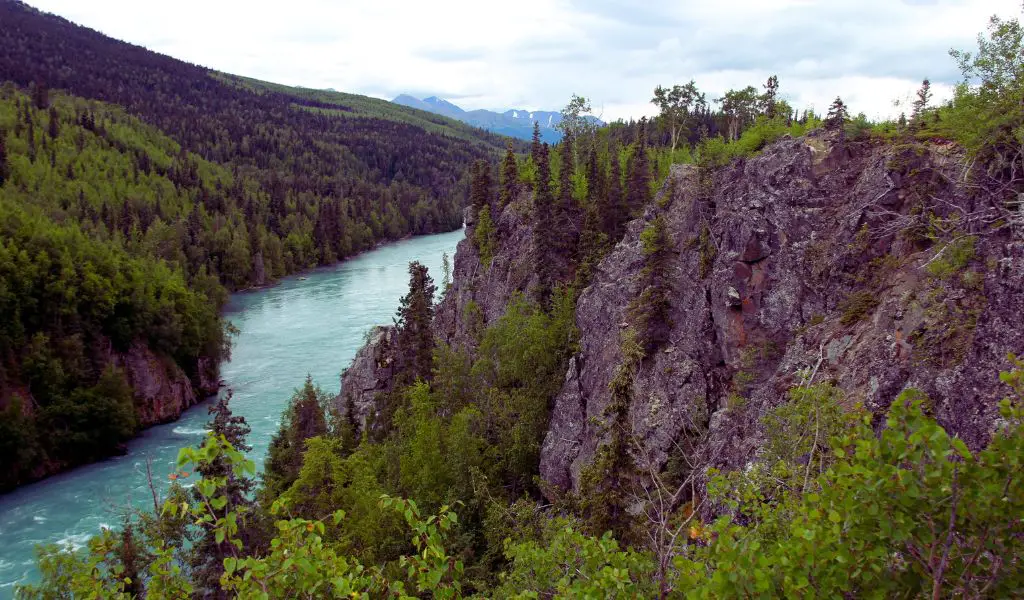Camping is a wonderful way to connect with nature and enjoy the great outdoors. However, it is crucial to camp responsibly and preserve the natural beauty for future generations. Leave No Trace is a set of principles that aims to minimize human impact on the environment while camping. By following these principles, you can ensure that your camping experience is enjoyable while leaving nature untouched and undisturbed. In this article, we will explore the importance of Leave No Trace and provide practical tips on responsible camping.
Plan Ahead and Prepare
Planning is an essential part of responsible camping. Research and find out which areas are suitable for camping and check the regulations or permits required. Consider the weather conditions, the duration of your stay, and the number of people in your group. Plan your meals and pack accordingly to minimize waste. By being prepared, you can reduce your impact on the environment and promote responsible camping.
Travel and Camp on Durable Surfaces
When setting up your campsite, choose an area that is already impacted or designated for camping. Avoid fragile ecosystems, including wetlands, meadows, or areas with delicate vegetation. Use established campsites, trails, or rock surfaces to minimize your impact. Set up your tent on durable surfaces like compacted soil or gravel. Avoid camping on vegetation, as it damages plants and takes a long time to recover.
Dispose of Waste Properly
One of the most critical aspects of Leave No Trace is proper waste disposal. Carry all your trash and litter out of the campsite. Leave nothing behind, including cigarette butts, food scraps, or biodegradable waste. Separate recyclables from non-recyclables and dispose of them properly once you’re back in civilization. If there are no designated waste receptacles, pack a trash bag and take it with you.
Leave What You Find
Responsible campers leave nature as they found it. Do not pick flowers, uproot plants, or damage trees. Leave natural objects like rocks, seashells, or antlers where you found them. Avoid building structures, digging trenches, or creating fire rings that can alter the landscape. By keeping nature intact, others can experience the same beauty.
Minimize Campfire Impacts
Campfires can be an enjoyable part of camping, but they can also have harmful effects on the environment. Use existing fire rings or fire pits whenever possible. Keep fires small and burn only downed wood. Do not cut any live trees or branches. Make sure your fire is completely extinguished and cold before you leave the campsite. Always follow local regulations and guidelines regarding campfires.
Respect Wildlife
Observe and enjoy wildlife from a distance. Do not approach or feed animals, as it disrupts their natural behavior and can be dangerous. Store food securely to prevent wildlife from accessing it. If you encounter wildlife, give them space and allow them to move freely. Respect their habitat and do not disturb nests, burrows, or dens.
Be Considerate of Other Visitors
Camping is a shared experience, and it is essential to be considerate of other visitors. Respect quiet hours and keep noise levels down, especially during early morning and late evening. Yield to hikers and other nature enthusiasts on trails. Avoid playing music loudly or using generators that can disturb the peace of the surrounding environment. Leave room for others to enjoy nature in their own way.
FAQs
1. Is it essential to follow Leave No Trace principles even in heavily trafficked camping areas?
Yes, it is important to follow Leave No Trace principles no matter where you are camping. Overcrowding can have a severe impact on the environment if each camper does not take responsible actions. By following these principles, you can minimize the cumulative impact and maintain the natural integrity of the area.
2. Can I use soap in natural water sources like lakes or rivers when camping?
No, it is not recommended to use soap or other cleaning products directly in natural water sources. Even biodegradable soaps can negatively affect aquatic life and ecosystems. Instead, bring a portable water container and use it for washing dishes or personal hygiene at least 200 feet away from any water source.
3. What should I do if I come across existing trash or litter at a campsite?
Leave No Trace encourages campers to pick up any trash or litter they find, even if it was not their own. By doing so, you help preserve the natural beauty of the area and set a positive example for others. Dispose of the collected trash properly in designated waste receptacles when available.
4. How can I minimize my impact when using a camping stove?
When using a camping stove, follow the manufacturer’s instructions and guidelines. Choose a lightweight stove with efficient fuel consumption to minimize the environmental impact. Use existing fire rings or designated cooking areas if available. Make sure to properly extinguish and cool down the stove after using it, and pack it away safely to prevent leaks or spills.
5. Are there some items that are never allowed to be burned in a campfire?
Absolutely! It is crucial to avoid burning trash, plastics, cans, or any other materials that produce toxic fumes when burned. Only burn natural materials like wood and paper, and be mindful of the fire’s size and impact on the environment. Always check for fire restrictions or bans in the area you are camping.





